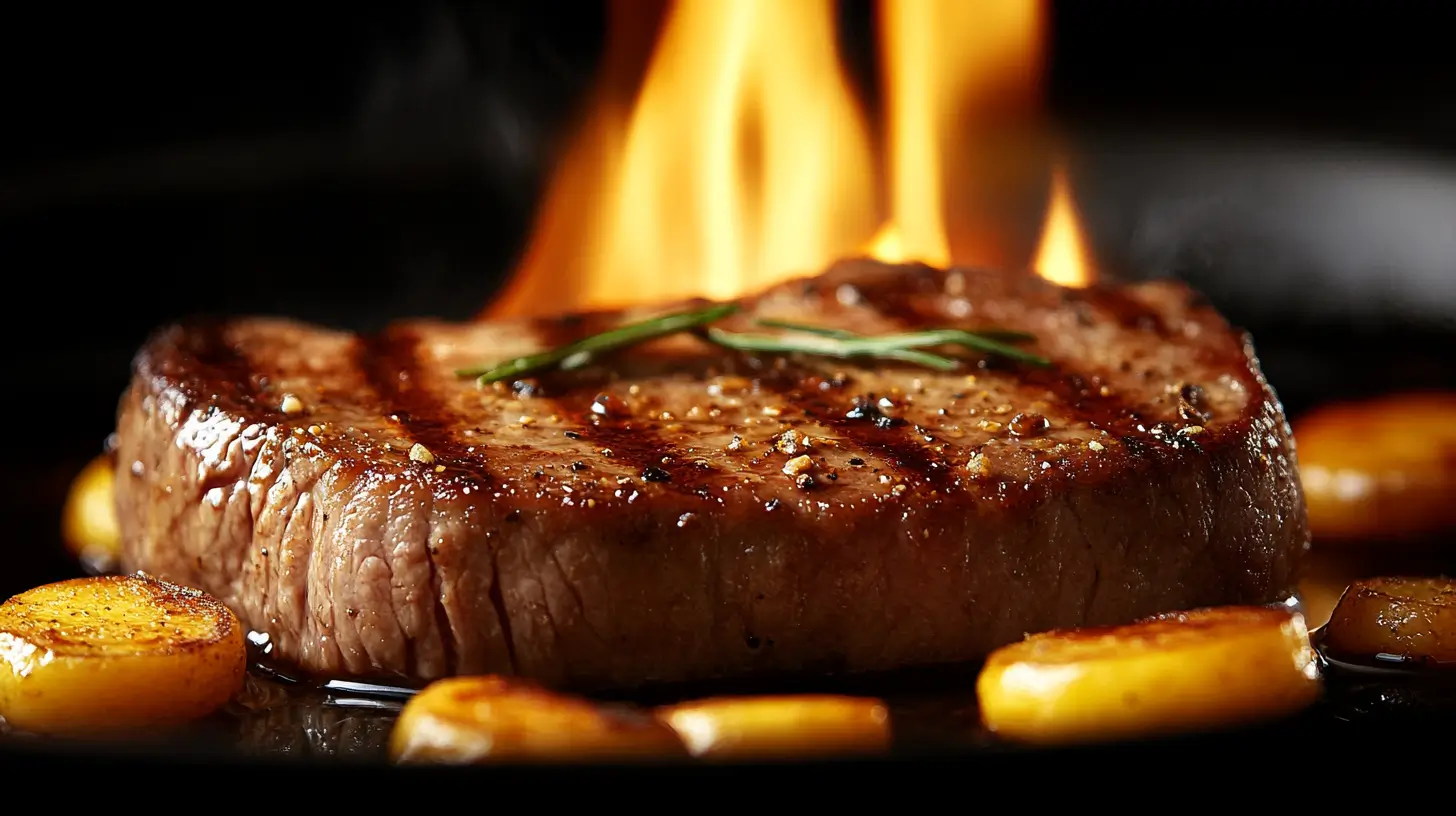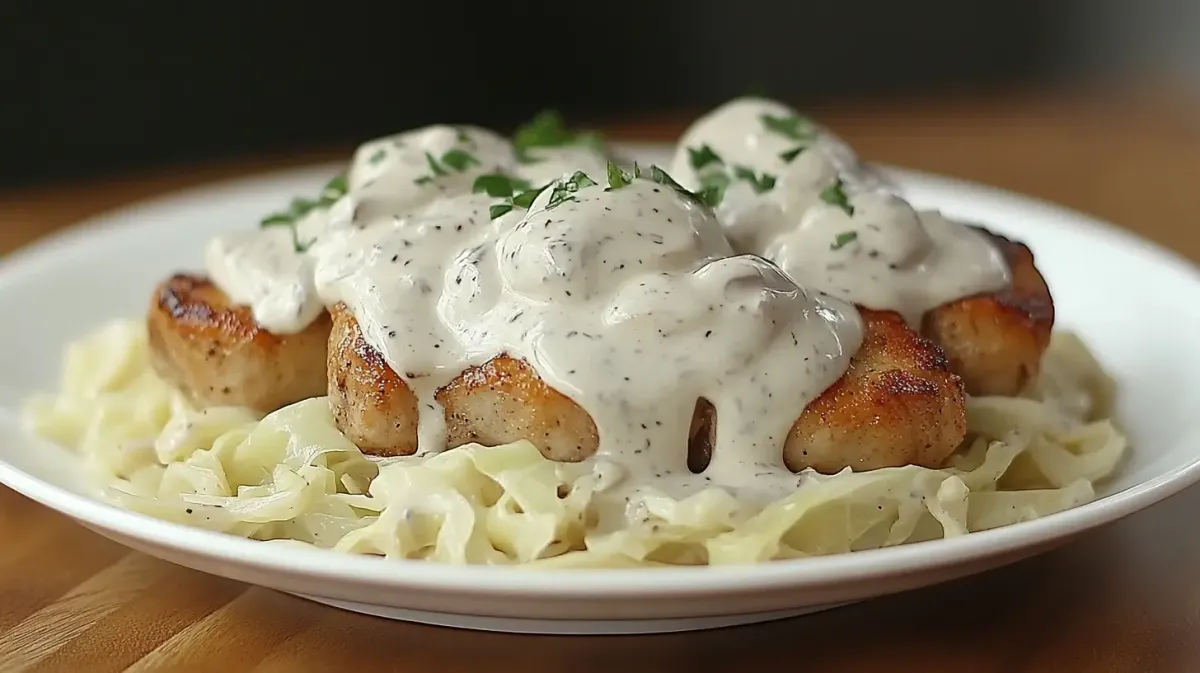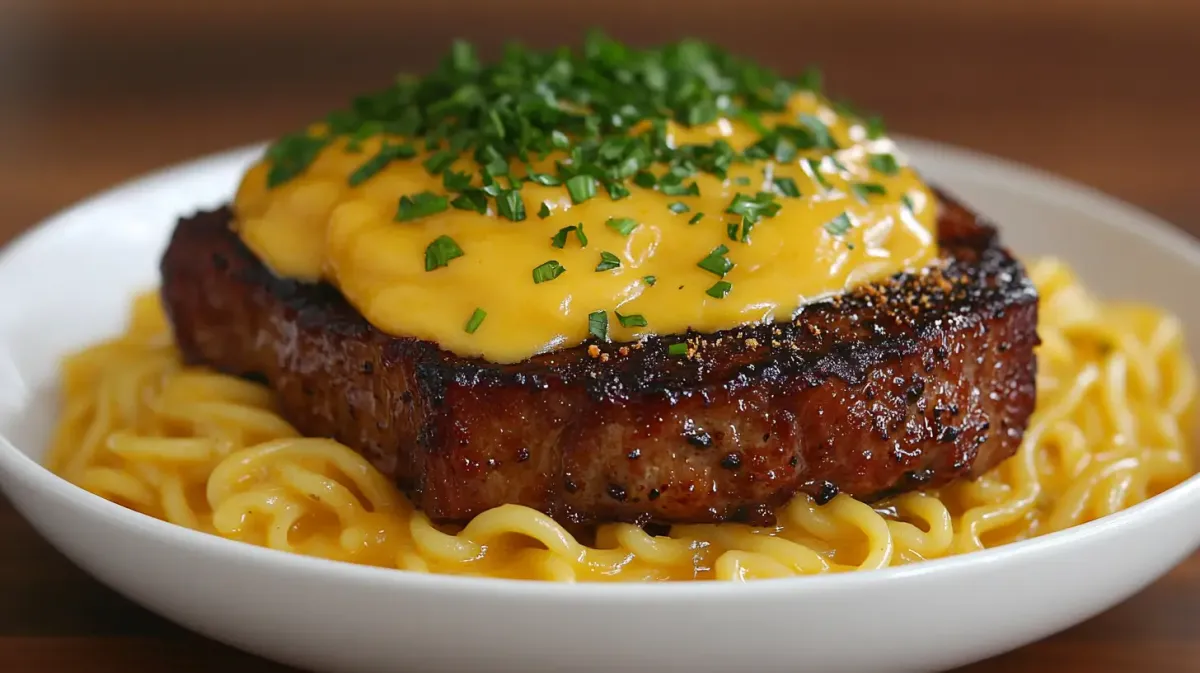- Home
- Fat in Pork Chops
- How Cooking Method Affects Fat in Pork Chops
How Cooking Method Affects Fat in Pork Chops
How to Reduce Fat in Pork Chops: Discover cooking methods that cut fat while enhancing flavor. Unlock healthier pork chop recipes now!

How Cooking Method Affects Fat in Pork Chops
When I first started cooking pork chops, I was always flummoxed by how different they tasted with each method. A pan-fried chop, for instance, always seemed juicier and more forgiving than the one I'd accidentally turn into shoe leather under the broiler. It didn't take long to realize that the cooking method didn't just affect the texture and taste but also had a big impact on the fat content and overall caloric makeup of my meal. So, let's dive into how different cooking techniques can change the fat content in pork chops and how you can use this knowledge to cook up not just tasty but healthier meals.
Frying: Flavorful but Fatty
I love a good fried pork chop. That golden crust just calls to me. But if you're watching your fat intake, frying might not be the way to go. Here’s why:
- Oil Absorption: Frying pork chops typically involves cooking them in oil at a high temperature. While this method can create a deliciously crispy exterior and ensure the interior is moist, it also leads to higher fat content since the chops absorb some of the cooking oil.
- Type of Oil: The type of oil used can also add to the fat content. Oils with higher saturated fats, like coconut oil or butter, can increase the overall saturated fat. Opt for oils like olive or avocado for a healthier twist.
However, not all hope is lost if you love fried pork chops. Try air frying as a compromise. You’ll use significantly less oil, which can help maintain lower fat levels while still achieving that crave-worthy crunch.
Grilling: Lean and Mean
Grilling is a fantastic way to enjoy pork chops without all the extra grease. It allows fat to drip away from the meat, reducing calorie intake but keeping flavors intact. Here’s what makes grilling great:
- Less Added Fat: Generally, grilling doesn't require extra fats or oils, which automatically reduces the calorie count.
- Flavor Infusion: Grilling imparts a smoky flavor that enhances the pork without needing heavy marinades or salt, making it a healthier choice overall.
For the best grilled pork chops, marinate your cuts in a blend of herbs, spices, and a splash of olive oil beforehand to keep them juicy and flavorful.
Baking: A Balanced Approach
Baking pork chops can be a healthier alternative to frying, especially when you're careful about how you prepare them:
- Low-Temperature Cooking: Cooking at a lower temperature helps to preserve tenderness and moisture without the need for added fats.
- Control Over Ingredients: When baking, you can add a minimal amount of healthy oils or even use broth to enhance moisture and flavor without the fat.
Try baking pork chops with a covering of foil to trap steam and keep the meat tender. Incorporating vegetables in the baking tray can also make for a delicious, one-pan meal.
Sautéing: Quick and Customizable
Sautéing is another method where you can control the amount of fat used. It’s perfect for those busy weeknights when you need something quick. Here's how to keep it lean:
- Minimal Oil: Use just enough oil to cover the bottom of your skillet—this will be sufficient to cook the pork chops without swimming in fat.
- Healthy Oils: Opt for oils with a high smoke point and low saturated fats, like canola or vegetable oil.
Keeping the heat just right ensures that pork chops sautéed in minimal oil remain juicy and flavorful without being overdone.
Conclusion: It's All About Choice
In the journey to make healthy eating choices, how you cook can be just as important as what you cook. Whether you’re frying, grilling, baking, or sautéing pork chops, each method brings something different to the table in terms of flavor and health.
My personal quest to lower the fat in my meals without sacrificing taste has led me to prefer grilling and baking over frying. Still, on days when nothing but a crispy, pan-fried pork chop will do, I make it count and enjoy every bite. Remember, balance is key, and understanding how your cooking method impacts fat content goes a long way in helping you make informed, delicious choices for your meals.
So next time you're planning a pork chop dinner, think about how you can use these techniques to suit your health goals and taste preferences. Happy cooking!



